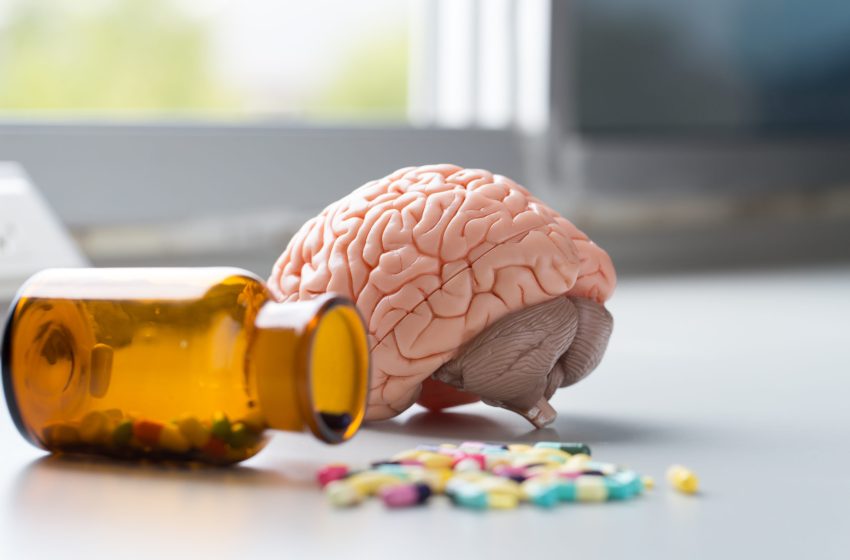Opiate detox – All you Need to Know

Opioids consist of illegal substances such as heroin and other medically prescribed products such as oxycodone, a synthetic medication for excruciating pain. Usually, opioids are highly addictive and often lead to addiction. Nonetheless, they are still the best solution for acute and chronic pain treatment and management. When all other medications fail, they remain the best option for chronic non-cancer pain.
Unfortunately, this medication can be highly addictive, which is why most people get hooked and continue using them long after their dose is completed. This has led to severe consequences in those facilities like Taylor Recovery that have admitted addicts struggling to overcome their addiction.
Opioid Withdrawal
It is easy for users who have been on this medication for less than a week to stop. However, those who go beyond one-week usage tend to struggle with quitting because the dependency has already set in. Stopping abruptly leads to unpleasant experiences as symptoms may overwhelm addicts mentally and physically. Most withdrawal symptoms are non-fatal but still pose great anxiety and could lead to overdose if not contained.
Symptoms of Opioid Withdrawal
The withdrawal symptoms often range from mild to severe, depending on how long the addict has been using the opioids. Other factors, including behavioral disorders, family addiction history, and health conditions, could also affect this intensity. They include:
- Agitation
- Anxiety
- Muscle spasms
- Insomnia
- Runny nose
- Sweating
- Abdominal cramps
- Stomach aches
- Diarrhea
- Constricted pupils
- Fluctuating blood pressure
- Nausea
- Tremors
- Vomiting
How Long Does a Withdrawal Last?
In most cases, withdrawal symptoms from opioid addiction can last from a few days to 2 weeks. Since opioids, most heroin, is eliminated from the body quickly, the withdrawal symptoms will commence after about 12 hours. Other opioids may take slightly longer. However, the intensity of the symptoms also varies, and one should get medical attention if one experiences heightened blood pressure or increased heart rate.
Medication used in Opioids Detox
Opioid detox is only effectively achieved under medication. This means committing to a facility, at least within the detox phase, is mandatory. Some of the medicines given to assist addicts in managing their symptoms and improving comfort include:
- Clonidine: This medication is often given to high blood pressure patients and works well for opioid detox because it helps suppress withdrawal symptoms. It is excellent for relieving anxiety and stress and has no euphoric side effects, so no dependency will be formed.
- Buprenorphine: This is mainly used for alcohol treatment but has also shown improvement when used for opioid withdrawal treatment. It helps keep cravings at bay and also improves motivation to get better.
If you are still struggling with opioid detox and want to become clean, visit Taylor Recovery for consultation. You can consider medical detox as your first step to recovery. It is possible to meet your goals with the right support from a facility that understands your struggles. Call us today.